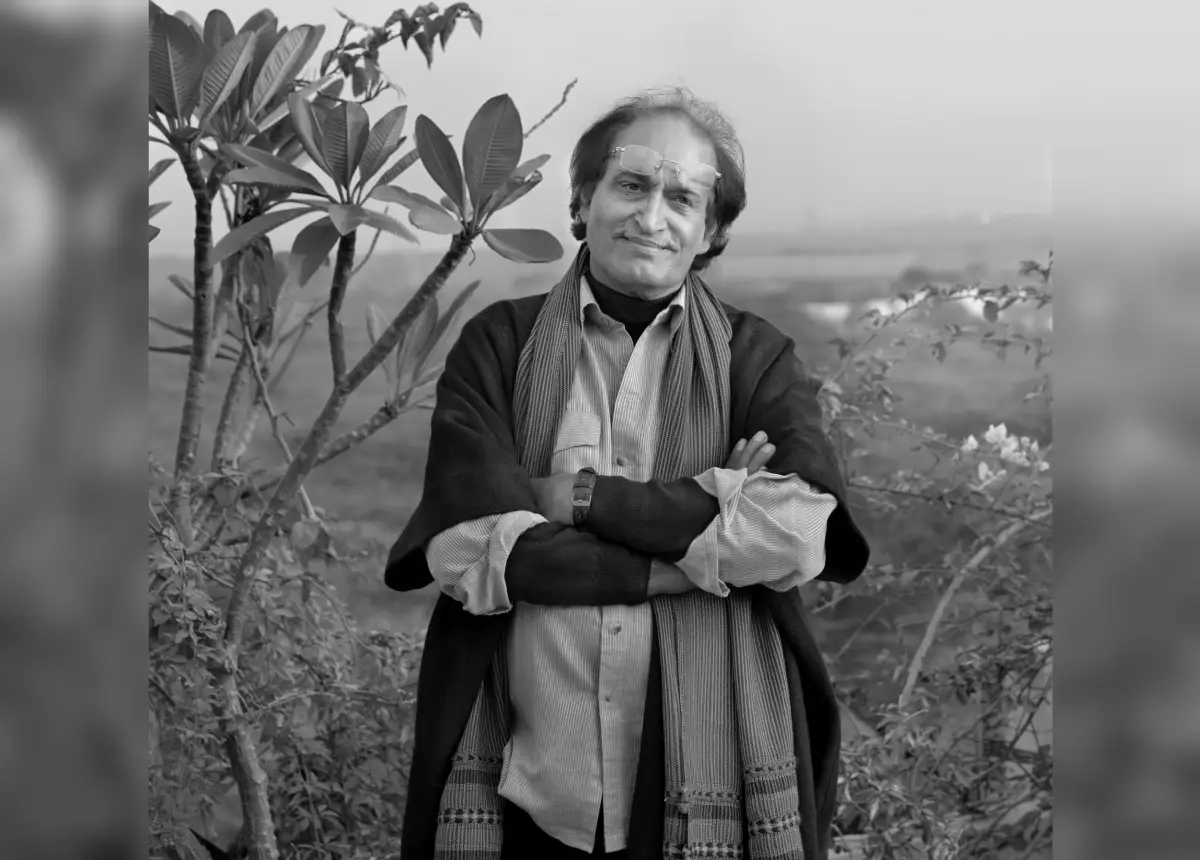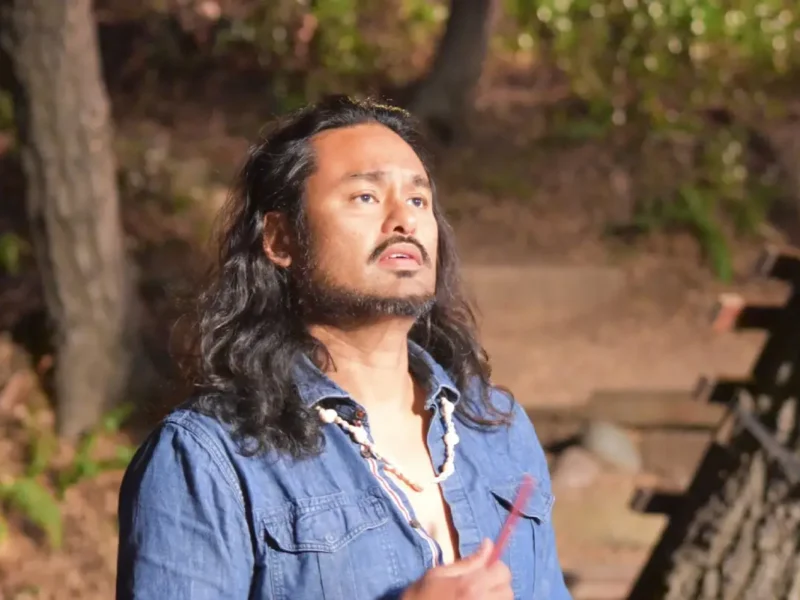
I’m Not A Professional Photographer, But An Explorer: Raghu Rai
NEW DELHI, (IANS) – For the last 60 years, he has been framing diverse shades of life. From leaders like late Prime Minister Indira Gandhi to maestros of classical music, and more importantly — the common man on the street.
Forever abreast of contemporary political and social realities, photographer Raghu Rai is constantly on the move — not just to capture bodies but their souls too.
There is Indira Gandhi, Jayaprakash Narayan, Mother Teresa and the Dalai Lama. And yes, the common man.
“When I was a photojournalist, I would always say, why are we in Delhi and serving the big shots by taking their pictures? It is important to go to rural India and small towns and cover their stories. Maybe that will force the politicians to take note of them. Remember, the common man is the only thread of continuity. Politicians and industrialists come and go but the man on the street never vanishes. Precisely why my focus has always been on street photography,” says the Padma Shri recipient.
One wonders what keeps him so passionate even after more than half a century of being behind the camera.
Rai, protege of Henri Cartier-Bresson, who nominated him to join Magnum Photos in 1977 smiles: “I am not a professional photographer, but an explorer who delves into daily lives and streets. Recently, I went to photograph the farmers’ protests and anti-CAA protests. Every major development that happens in the country has an impact on me — thanks to my background in photojournalism. As far as passion goes, I firmly believe that life and nature are ever-changing and challenging. So, the ‘raaga’ of life never concludes. People come and go but that ‘raaga’ is a constant, something that keeps me spellbound, engaged and alive.”
Rai does not miss shooting in film at all. “Frankly, I do not believe in that nostalgic nonsense.”
Stressing that he shot in analogue for 35 years as that was the only technology available at that time, he adds, “Digital gives me more control and wider access. My passion and commitment are more than ever now. I would rather make new work and think of another book instead of looking at the old times. At the current exhibition, at least 50 per cent has not been seen by the public, if it were not for digital technology, it would not have seen the light of day. So much important work was scanned, and they found the light of the day and now we can choose from so many pictures.”
For someone who was a photojournalist with major organizations, he feels that the ones today do not get a chance to get ‘close enough’, thanks to increased security.
“It’s said, ‘the closer, the better’. Now, photojournalists must shoot politicians from a long distance and thus subtle expressions do not come forth. Also, political parties now give only five to ten minutes whenever they hold an important meeting, and the photojournalists are then asked to leave the room. Everything has been diluted now,” he laments.
Even as people constantly talk about ‘the democratization of photography’ with Instagram, Rai rubbishes the claim.
“Putting all those colorful pictures on that platform is no democracy. Most of them lack depth and do not record great moments or history,” says the photographer.
Even as several photography schools have come to small towns across the country, Rai feels this is a positive development.
“Now that people can take pictures with their camera, they want to up their game by learning the basics. And why not? Learning is always a good thing and should be encouraged,” says the winner of Académie des Beaux Arts Photography Award – William Klein 2019.
Now planning a major book on Varanasi, the ace photographer who was there recently says: “I spent a lot of time at the Kashi Vishwanath Corridor and took special permission to visit the Gyanvapi. That city never fails to amaze.”




